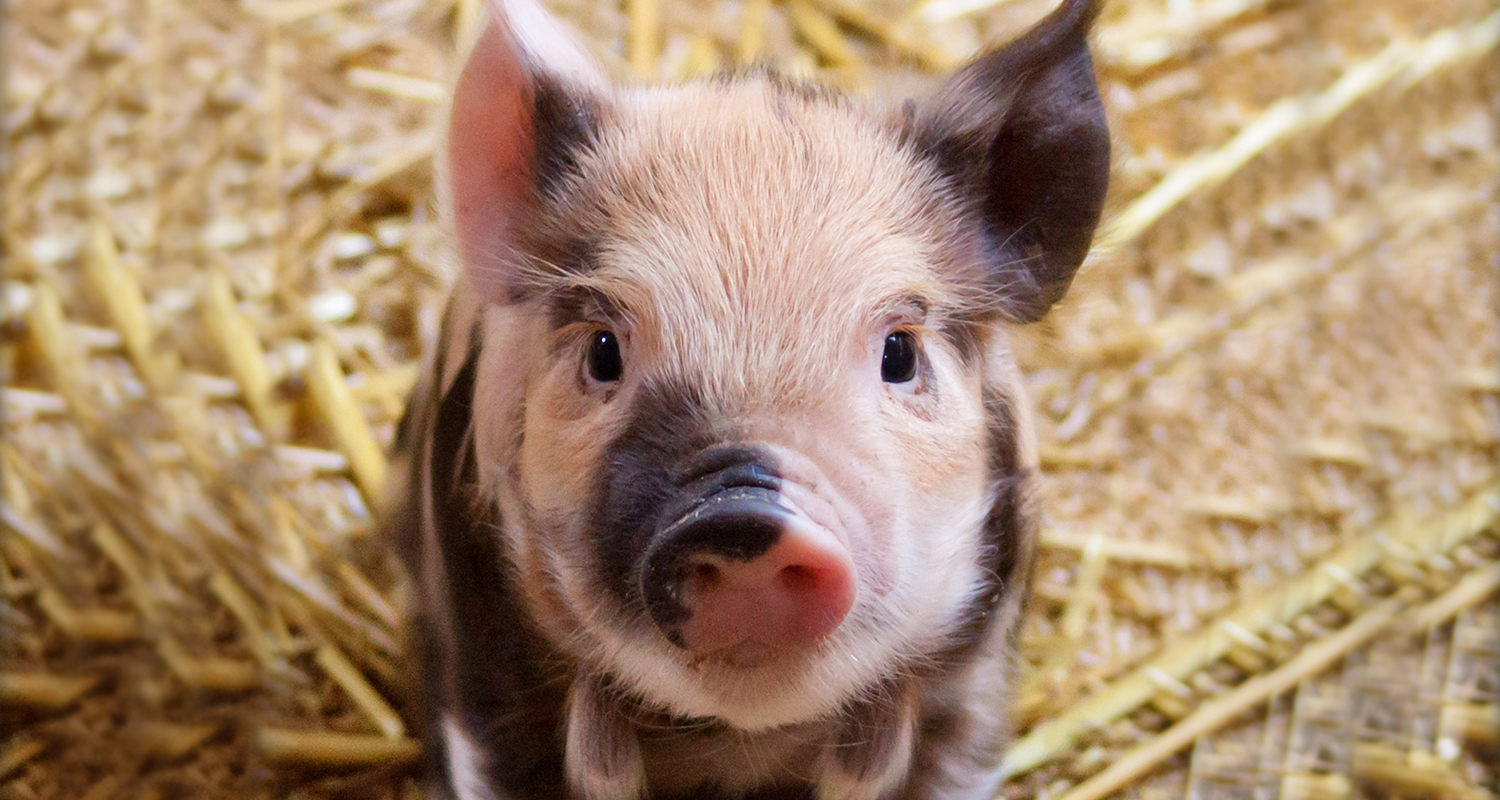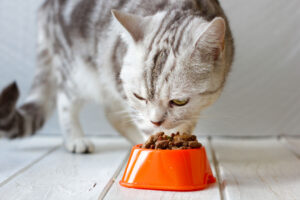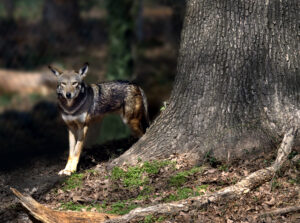NC State Veterinary Medicine Research Roundup, April 2021

A look at some of the latest published studies from the CVM.
Immunity to PRRSV in Pigs
Maternal autogenous inactivated vaccines (AIV) can improve protection of pre-weaning piglets against type 2 porcine reproductive and respiratory syndrome virus (PRRSV-2), according to research led by Tobias Kaeser.
The study, published in Vaccines, shows the importance of transferring neutralizing antibodies to piglets, and it introduces two novel immune cell subsets in pigs. Maternal-derived immunity is a critical component for the survival and success of offspring in pigs to protect from circulating pathogens such as PRRSV-2. PRRS dramatically impacts the swine industry.
Additional study authors include Glen Almond, Elisa Crisci, Jeremy Pittman, Lizette Cortes, Amanda Amaral, Zoe Wolfe and Andrew Kick.
Read the study here.
Biological Behavior of Tumors
Novel gene fusions drive convergent angiogenic transcriptional programs established by genomically complex human angiosarcoma and canine hemangiosarcoma, according to new research.
The study finds that while driver events of malignant vasoformative tumors of humans and dogs include diverse mutations that create novel fusion genes, convergent transcriptional programs govern the highly conserved morphological organization and biological behavior of the tumors in both species.
Matthew Breen and Rachael Thomas are among the authors of the research published in Molecular Cancer Research.
Read the study here.
Radiation Strategies for Intranasal Carcinomas 
A retrospective study of 42 cats with intranasal carcinomas (INC) that underwent radiotherapy sheds need light on the efficacy of various irradiation treatment strategies for the condition.
The study finds that in cats with INC, definitive-intent radiation therapies (DRT) are associated with prolonged overall survival time and disease progression-free survival as compared to palliative-intent radiation therapy. Researchers note that if tumor progression occurs, a second course of DRT should be considered.
Mike Nolan, Tracy Gieger and Hiroto Yoshikawa are among the authors of the study, published in the Journal of Veterinary Internal Medicine.
Read the study here.
Treating Celiac Disease
New research finds that larazotide acetate (LA) may be a viable candidate for management of celiac disease, which has no Federal Drug Administration-approved therapeutic treatment.
Researchers, including Kristen Messenger, Anthony Blikslager, Hiroko Enomoto, James Yeatts , used a porcine model to perform an in vivo assessment of a delayed-release formulation of LA, following the concentration versus time profile of orally administered LA in the small intestine. The study shows that LA is available in detectable concentrations at the site of celiac disease. Avoidance of dietary gluten is currently the only widely recognized therapy to treat celiac disease.
PLoS One published the research.
Read the study here.
Chemotherapeutic Drug Delivery Discovery
A study is the first report in veterinary literature of using poloxamer 407 solution as a carrier for local delivery of a chemotherapeutic drug in a clinical patient.
Researchers performed a limb-sparing ulnectomy on a dog with left distal ulnar osteosarcoma. The ulnectomy was performed with local adjunctive carboplatin in a poloxamer copolymer gel, poloxamer 407. Researchers note that the patient recovered without complications, and no wound healing complications or adverse effects occurred after the use of carboplatin in poloxamer 407.
Authors of the study, published in the Journal of the American Animal Hospital Association, are Duncan Lascelles, Mindi James, Mac Law, Joanne Tuohy and Marije Risselada.
Read the study here.
Closure Techniques for Canine Gastrectomies
A study to determine the influence of stapling on leaking pressures after canine partial gastrectomy finds double-layer closure achieved superior biomechanical properties compared with stapled closure techniques.
Reinforcing single-layer closure of partial gastrectomies with an inverting Cushing pattern is recommended by the study’s authors, including Daniel Duffy and Yi-Jen Chang, to improve resistance to leakage. Further investigation is needed to evaluate the influence of closure technique on gastric healing and ischemic injury. Veterinary Surgery published the research.
Read the study here.
Health of Red Wolves 
A study into the molecular prevalence of certain vector-borne organisms in captive red wolves establishes a baseline that may facilitate ongoing disease monitoring in the species.
Researchers collected blood samples from 35 captive red wolves and performed quantitative polymerase chain reaction (PCR) assays to extract DNA to identify infection by Trypanosoma cruzi and other organisms within genera such as Babesia, Bartonella and Rickettsia.
The red wolf samples were PCR-negative for all tested organisms, leading researchers to conclude that the pathogens are unlikely to constitute threats to red wolf conservation and breeding efforts in captivity. Red wolves, native to the United States, are critically endangered.
Research authors are Suzanne Kennedy-Stoskopf, Barbara Qurollo, Jeffrey Tyrrell and former faculty member Freya Mowat. The Journal of Zoo and Wildlife Medicine published the study.
Read the study here.
~Jordan Bartel/NC State Veterinary Medicine


